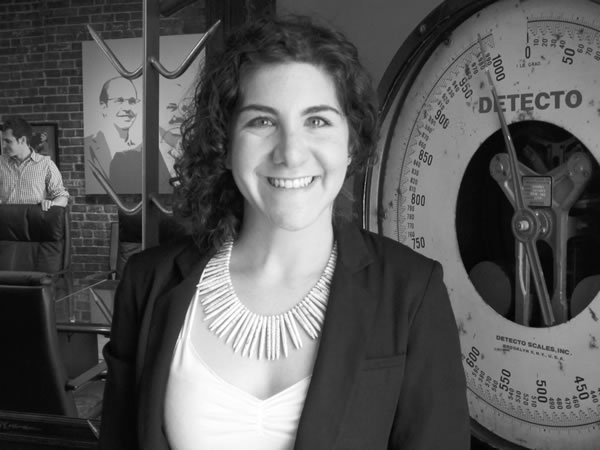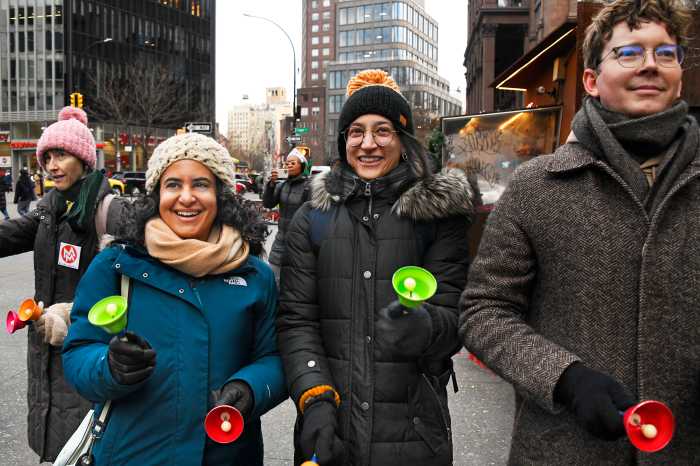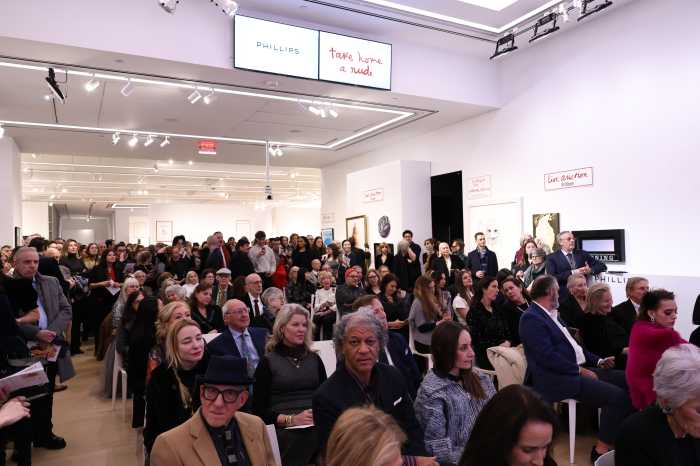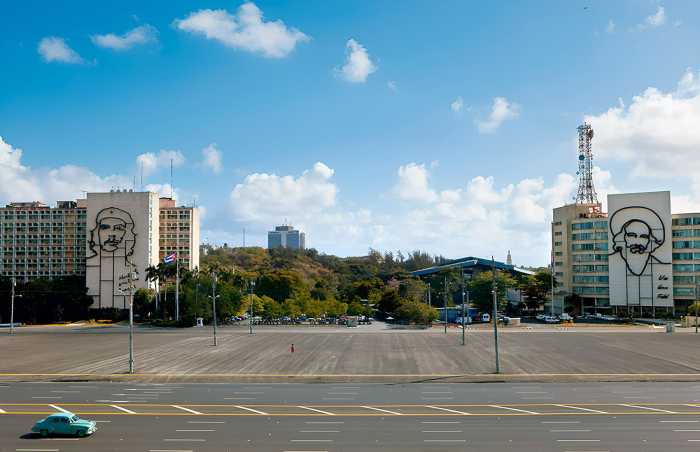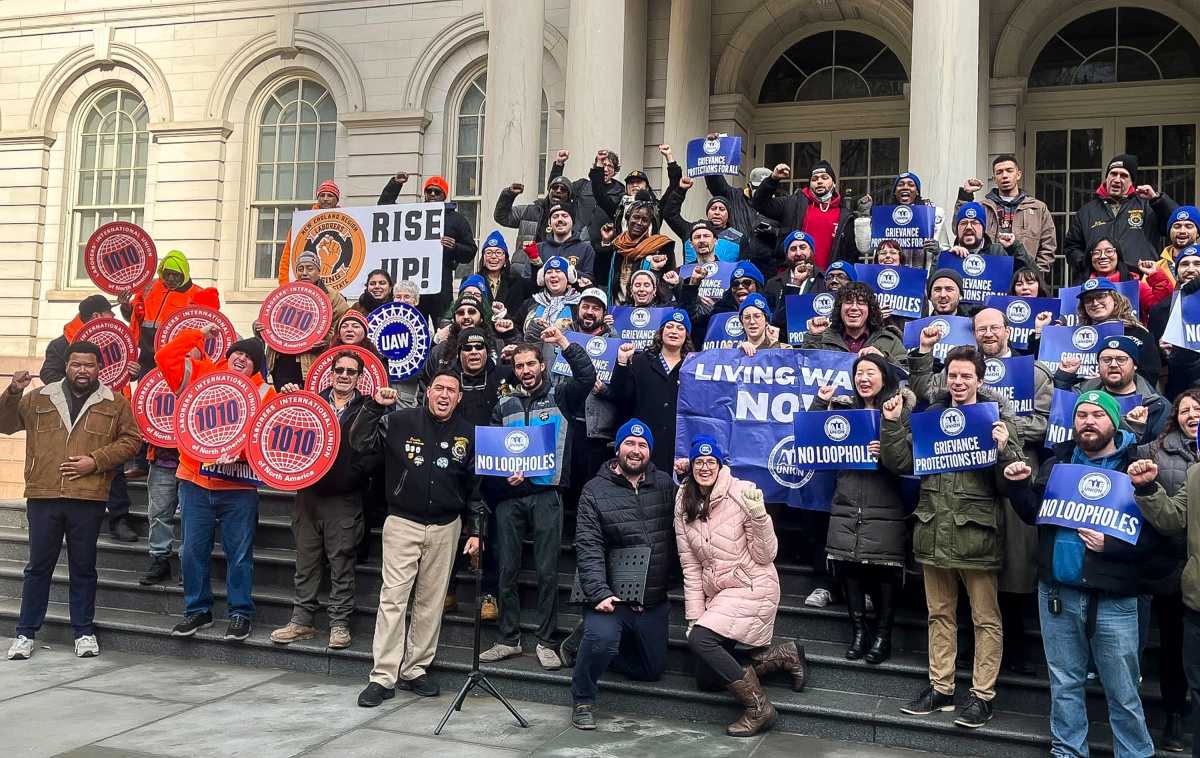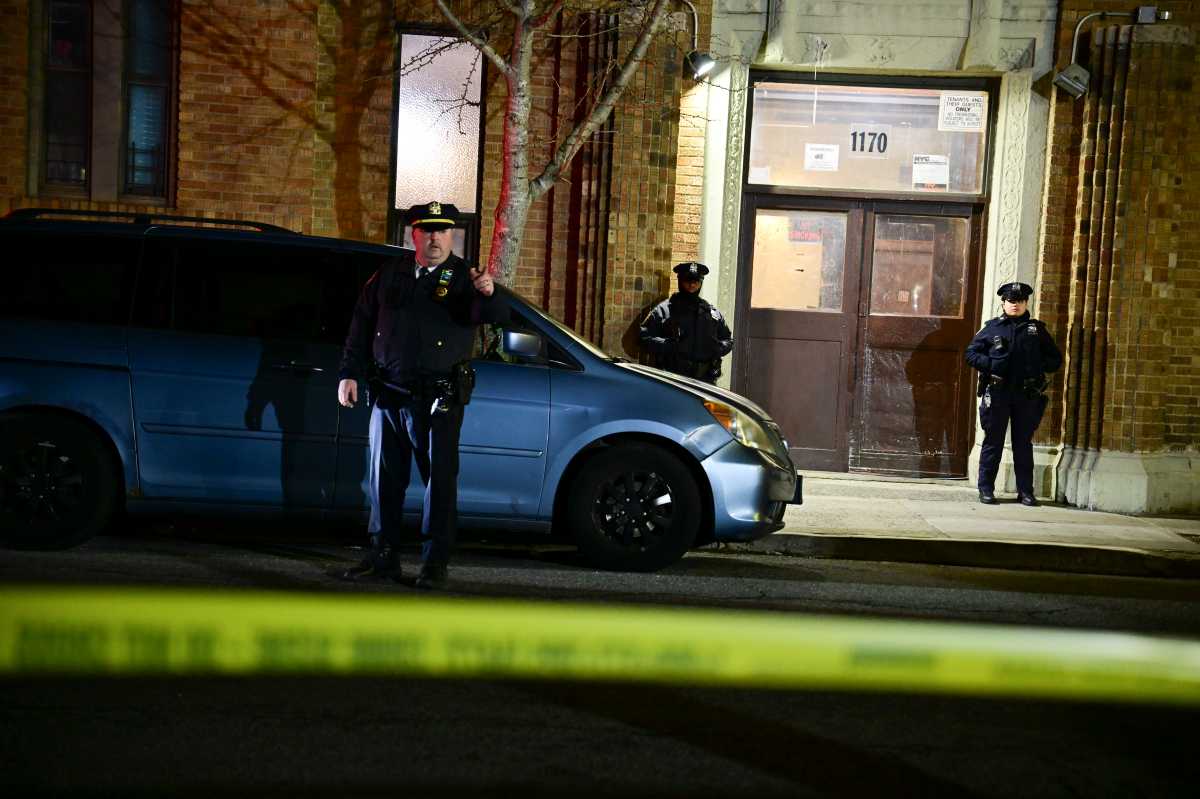Some of the other existing plaza areas will be reconfigured, but only slightly. With the “pork chop” being chopped in half, their number will increase from six to seven.
The new streetscape improvements should be in place by October, according to Danziger. In all, the project is costing somewhere around $400,000.
The design was done by the city’s Department of Transportation. M.P.I.A. has now officially partnered with D.O.T. on the plaza spaces and will provide ongoing maintenance and sanitation for them, beautification and landscaping, as well as programming as it is developed.
M.P.I.A. has contracted with Soho’s ACE organization to ensure that the new plaza areas are kept clean. Litter collecting in the current plaza areas and in tree planters has been an ongoing complaint of local businesses; there have also been problems with graffiti on the stacks of stone slabs piled up in certain areas of the plaza. Soon there will be two ACE workers who will cover the plazas in two shifts over 14 hours, seven days a week, 365 days a year. They’ll even do power-washing as needed. They’ll be graduates of ACE’s training program and will have had years of experience on the job through their ongoing employment with ACE, according to Danziger.
The M.P.I.A. executive said her organization is proud to work with ACE, which will start cleaning the plaza areas on Sept. 1.
“We like their mission — working with New York’s homeless to give them skills,” she noted. “ACE felt this was a good fit for them.”
The new plan will also see uniform-style bollards used around the new plaza areas, replacing the current eclectic mix of barriers, which includes a huge hunk of granite that Danziger said has been dubbed “Stonehenge” and the Meatpacking District’s infamous “boob bollards,” which are topped by white, reflective tips.
The new bollards are bullet-shaped, with a white reflective element mixed into the concrete so they are visible to drivers at night.
In addition, there will be new, aesthetically designed planters, which will be 2 feet high and 6 feet in diameter. Fittingly for the Meatpacking District, these planters are actual converted cow-feeding troughs.
“It’ll really feel lush, without feeling tall,” Danziger said. The Meat Market never really had trees, so having small trees in planters — like the ones that are in some spots in the plazas now — isn’t historically appropriate for the landmarked district, she noted.
The new planters will feature understated, monochromatic purples and greens, live lavender, chamomile and grasses, evergreens and perennials, each anchored by a boxwood shrub. The planters will be lined up along the curb so they won’t take up seating space, Danziger noted.
“We want people to really be able to use the plaza spaces,” she noted.
Bulfamante landscapers has been contracted to keep up the plantings.
The plazas will be outfitted with umbrellas, chairs and tables that M.P.I.A. has purchased. At night, these will be locked up with a cable lock as is currently done with the plaza seating areas around Madison Square Park.
“The community and the community board, in general, were pretty vocal about not having these spaces become places for people to hang out in after going to bars,” she noted.
In winter, the seating might only be put out for use a few hours a day; though, if there is a warm spell, it could be longer.
Businesses abutting the plazas have committed to funding their continued upkeep. Danziger said Theory has pledged to maintain the new seating areas and planters around Gansevoort Plaza, while Sephora cosmetics, which is coming in at 13th St. and Ninth Ave., has pledged it will take care of a plaza area in front of its future store.
While traditional table service isn’t allowed in these sort of public plazas, Danziger said M.P.I.A. plans to work with local eateries to create “Plaza To Go” menus, so people can get some food on their own and then enjoy it in the new outdoor seating areas.
In addition, Danziger said, “It looks good” that Ninth Ave. will be wired for WiFi by mid-fall, which should make the plazas even more inviting. Danziger said she was not free to discuss the WiFi plan at greater length, but that it’s an exciting development.
Since even the Belgian-block streets of the Meatpacking District are landmarked, the plaza areas won’t have any special street surfacing treatment. On that note, Danziger said there are some spots in the district where the cobblestones do need repair, and she hopes D.O.T. expedites the work.
“I wear Birkenstocks” for better footing, she quipped.
Undergrowth that had started to sprout in some of the district’s current, quirky plaza areas has been trimmed and zapped with organic products, Danziger added.
In another new initiative, this past Sunday, a greenmarket started operating in the two plaza areas at the district’s northern end, at 14th St. and Ninth Ave. Julian Kline, M.P.I.A.’s program director, said the market was being run, not by Greenmarket, but by Basis, a farm-to-chef service that’s located in the Meatpacking District. The market will offer Blue Marble ice cream from Brooklyn and affordable local greens and produce from an Upstate farm. For now, the greenmarket will operate on Sundays through September, from 11 a.m. to 4 p.m. If it goes well, the hours could be expanded, he said.
Danziger said they’ll explore possibly programming the plaza areas with activities, similar to what’s being done in the triangular area north of 14th St., which is actually not in M.P.I.A.’s district.
Eventually, M.P.I.A. might evolve into a proper business improvement district, or BID, but that will be down the line, she said.
The Meatpacking District Improvement Association’s predecessor, the Meatpacking District Initiative, was started by nightlife operator David Rabin in 2003 as a 501c-6 neighborhood business association. One of its main activities was printing a guide to the area’s new businesses. However, an effort several years ago by M.P.D.I. to form a Meat Market-area BID fizzled.
Two years ago, a new entity, M.P.I.A., was created as a 501c-3 nonprofit organization so that it could properly do fundraising and be tax deductible. So far, the new group’s main focus has been the redesign of the plaza areas and their ongoing maintenance.
The current plaza configurations came out of an initiative called the Greater Gansevoort Urban Improvement Project as a response to the traffic chaos that emerged as the Meat Market morphed into a booming nightlife zone. While businesses had their beefs about some aspects of the current design, Jo Hamilton, Community Board 2’s former chairperson, has defended the changes as needed and said they were a rough basis for a future, permanent design.
Annie Washburn left as M.P.I.A.’s executive director in November to become associate director of the New York City Food and Wine Festival — which is centered in the Meatpacking District.
Danziger, 31, has been the organization’s executive director since March. She was previously executive director of the Greenwich Village-Chelsea Chamber of Commerce for two years and was a member of Chelsea’s Community Board 4 for seven years. She has a public policy degree from Cornell, as well as a culinary arts degree, and has a background in international events planning.
“I really like working with communities and small businesses,” she said, noting she enjoyed her time heading the chamber of commerce.
Program Director Kline, 25, grew up in the West Village and attended the New York City Lab School in Chelsea and art school in Detroit.
He’s seen firsthand the changes the neighborhood has gone through over the years.
“I had Sunday breakfast with my parents at Florent — basically, every other Sunday since I was born,” he recalled. “And I remember my Dad used to go to a bar named Hell on Gansevoort St. We used to go to Rio Mar on Ninth Ave. — there was a potato dish we’d have. That was a fun place.”
Speaking to the evolution of the ever-changing Meatpacking District, Florent (the restaurant) and Rio Mar are now only memories, though good ones.
Hopefully, the revamped plazas will create some new ones, too.
Image courtesy of the Meatpacking District Improvement Association
A design rendering of one of the new plaza seating areas with planters at Ninth Ave. and 13th St. Aspects of the design are still subject to change.



